Photo Gallery for Leucauge argyrobapta - a longjawed orbweaver | 61 photos are available. Only the most recent 30 are shown.
|
 | Recorded by: Donald Zepp on 2025-09-28
Johnston Co.
Comment: |  | Recorded by: Mark Basinger on 2025-09-28
Wilson Co.
Comment: |
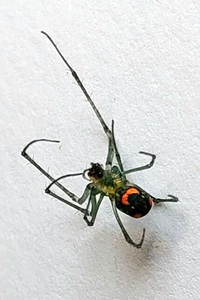 | Recorded by: Mark Basinger on 2025-09-28
Wilson Co.
Comment: | 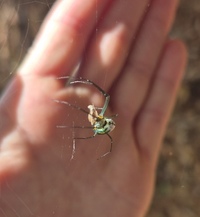 | Recorded by: K. Sanford on 2025-09-23
Bertie Co.
Comment: |
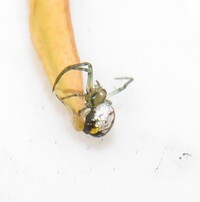 | Recorded by: Brian Bockhahn on 2025-06-27
Richmond Co.
Comment: |  | Recorded by: Brian Bockhahn on 2025-06-27
Richmond Co.
Comment: |
 | Recorded by: Brian Bockhahn on 2025-06-03
Currituck Co.
Comment: |  | Recorded by: Brian Bockhahn on 2025-06-01
Currituck Co.
Comment: |
 | Recorded by: Brian Bockhahn on 2025-06-01
Currituck Co.
Comment: |  | Recorded by: Brian Bockhahn on 2025-06-01
Currituck Co.
Comment: |
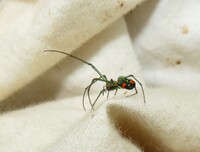 | Recorded by: Brian Bockhahn on 2025-06-01
Currituck Co.
Comment: |  | Recorded by: Brian Bockhahn on 2024-10-25
Bladen Co.
Comment: |
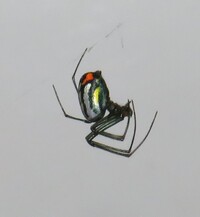 | Recorded by: Brian Bockhahn on 2024-10-25
Pender Co.
Comment: |  | Recorded by: Brian Bockhahn on 2024-10-24
Pamlico Co.
Comment: |
 | Recorded by: Brian Bockhahn on 2024-10-23
Duplin Co.
Comment: | 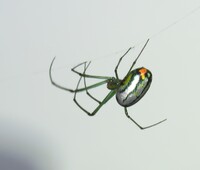 | Recorded by: Brian Bockhahn on 2024-10-23
Johnston Co.
Comment: |
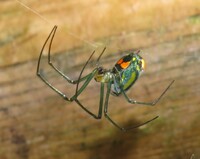 | Recorded by: Brian Bockhahn on 2024-10-23
Sampson Co.
Comment: | 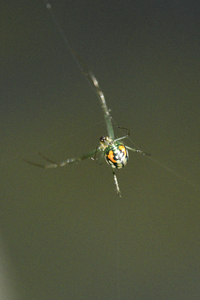 | Recorded by: Ralph Tramontano on 2024-10-06
Carteret Co.
Comment: |
 | Recorded by: Ralph Tramontano on 2024-10-06
Carteret Co.
Comment: | 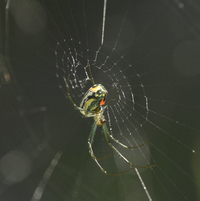 | Recorded by: Ralph Tramontano on 2024-10-06
Carteret Co.
Comment: |
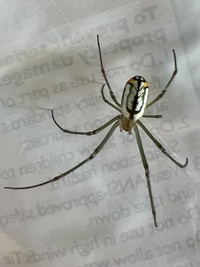 | Recorded by: Jared Barrier on 2024-07-03
Sampson Co.
Comment: | 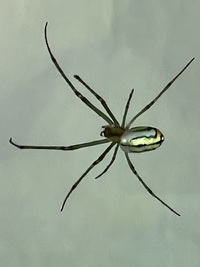 | Recorded by: Jared Barrier on 2024-07-03
Sampson Co.
Comment: |
 | Recorded by: J. Pilkington on 2024-05-10
Beaufort Co.
Comment: |  | Recorded by: J. Pilkington on 2024-05-10
Beaufort Co.
Comment: |
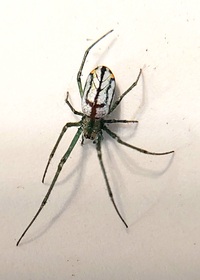 | Recorded by: Mark Basinger on 2024-04-20
Brunswick Co.
Comment: | 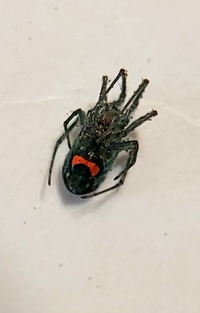 | Recorded by: Mark Basinger on 2024-04-20
Brunswick Co.
Comment: |
 | Recorded by: Brian Bockhahn on 2023-10-17
Dare Co.
Comment: | 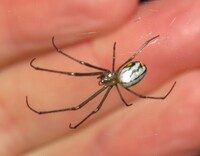 | Recorded by: Brian Bockhahn on 2023-10-17
Dare Co.
Comment: |
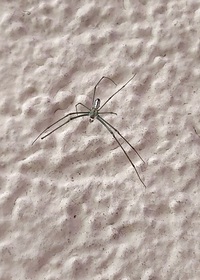 | Recorded by: Mark Basinger on 2023-09-17
Brunswick Co.
Comment: | 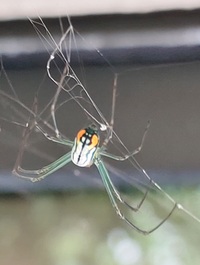 | Recorded by: Mark Basinger on 2023-09-03
Brunswick Co.
Comment: |
|
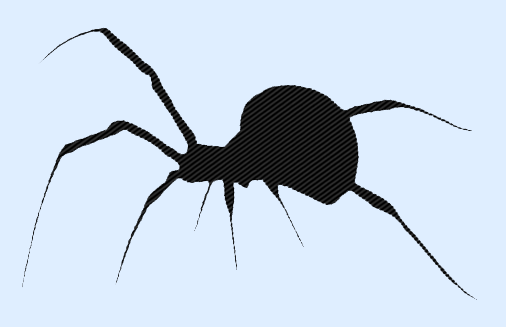
 »
»

 »
»